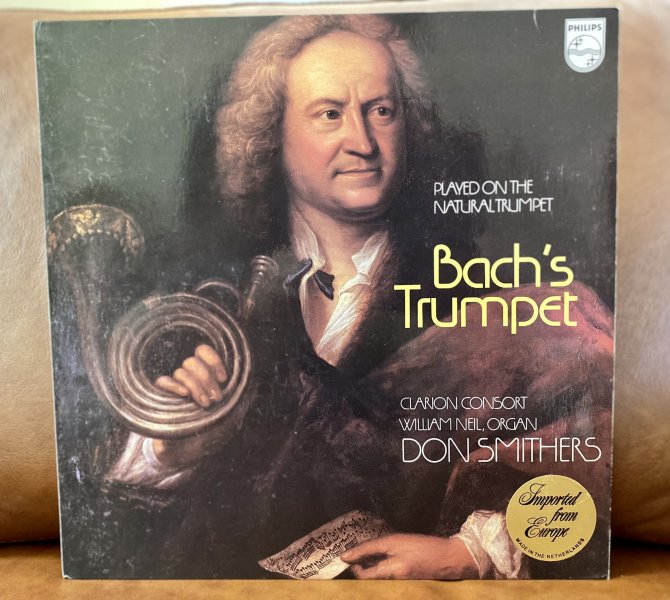No worries Ron. I’m used to annoying questions. My gut is to follow Tim’s suggestion and just say I tried to describe what I heard, but here is my attempt at clarification.
1. The overall impression of the XPP is that it sounds quicker because there is slightly more emphasis on the leading edge and less on the decay. The duration of the notes sounds very slightly shorter. Of course the music is not faster but the impression is that the cellist is playing faster or in a slightly more aggressive style. The slight emphasis on the leading edge does not mean that the leading edge is more resolved or detailed it just means it sounds slightly louder.
2. The Grand Cru seems slightly more resolving. There is more nuance within each note and about the space in which the instruments are being played. The note and it’s development is both more complex and complete so I hear more detail. This degree of resolution and completion makes me feel more relaxed and the slightly less transient emphasis makes the music sound slightly more relaxed but not slower.
3. Flow is a weird word. Others use it so I tried to incorporate it in my description. Perhaps I will fail. The GC portrays the note more completely with less emphasis on the transient. The decays are longer and hang in space to interact and overlap with other notes from other instruments. This creates a better sense of nuance and with the added information retrieval and information about the space and spatial relationships between the instruments there is more ambience.
The music just seems to progress smoother a little bit better than with the XPP where the transient is more emphasized and the note is shorter and disappears.
These are all very subtle degrees and I am struggling with language to describe the differences between these cartridges which are actually very similar. The differences were much more pronounced when I compared the XPP to my old airtight supreme and MSL signature gold and when I compare the GC to the opus one and the atlas Lambda across various systems.
Those who have the Sme 3012R and adjust VTA with the playing cards will understand that once you get it into the right range of about 4-5 cards, the difference become quite subtle when adding or removing the cards. I find that I can very slightly change the character of the sound by very small movements. The differences I am describing are on that level. They may even have more to do with the set up on each arm then they do with inherent differences between the cartridges, though I do think the gold versus the platinum windings might account for some of it. I can also slightly change the sound of each cartridge with very small changes to the tracking force. Less force results in a more open sound but you sacrifice a little bit of weight. If the tracking force is too high the sound is closed in and you lose resolution, so it’s a real balancing act.
I also mentioned that the SUTs are slightly different and the external one has the extra phono cable. I made a recording of the same cartridge on the same arm going into the two different SUTs and David heard the subtle difference. So this is likely playing a role in the impressions also.
Anyway, I hope that clarifies it a bit. Without the two cartridges on identical arms on the same table allowing me to do direct comparisons within seconds, I’m not sure the subtle differences are very significant or meaningful for the enjoyment of the music. As I say, I like these cartridges both very much.


